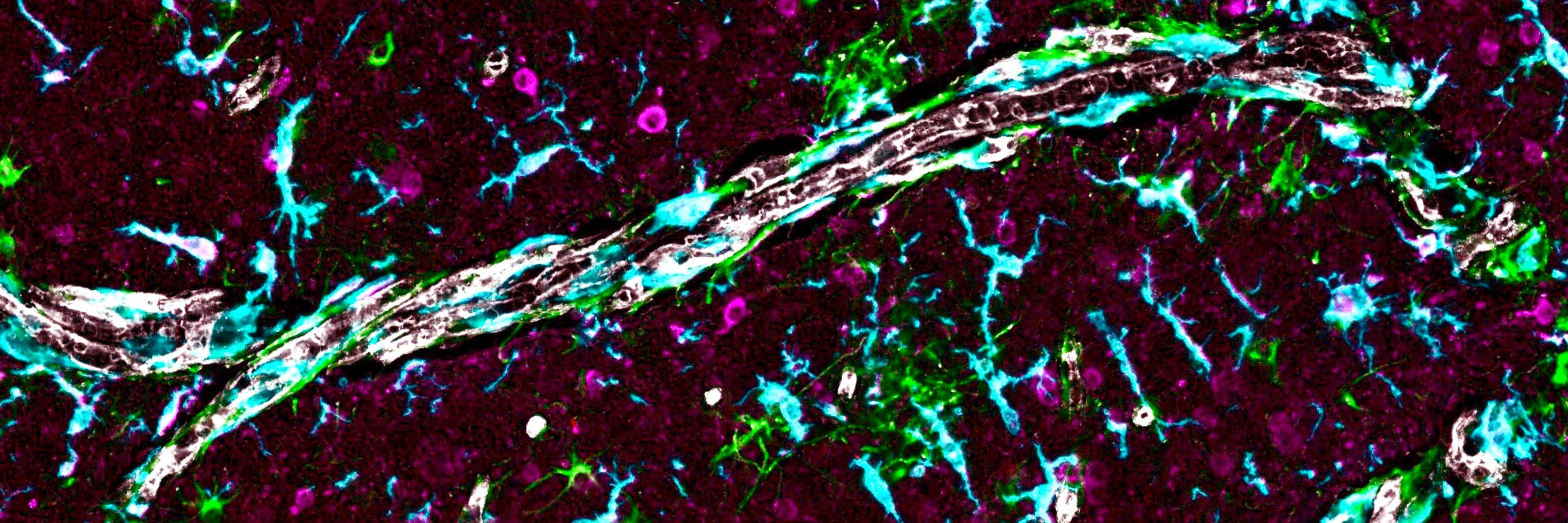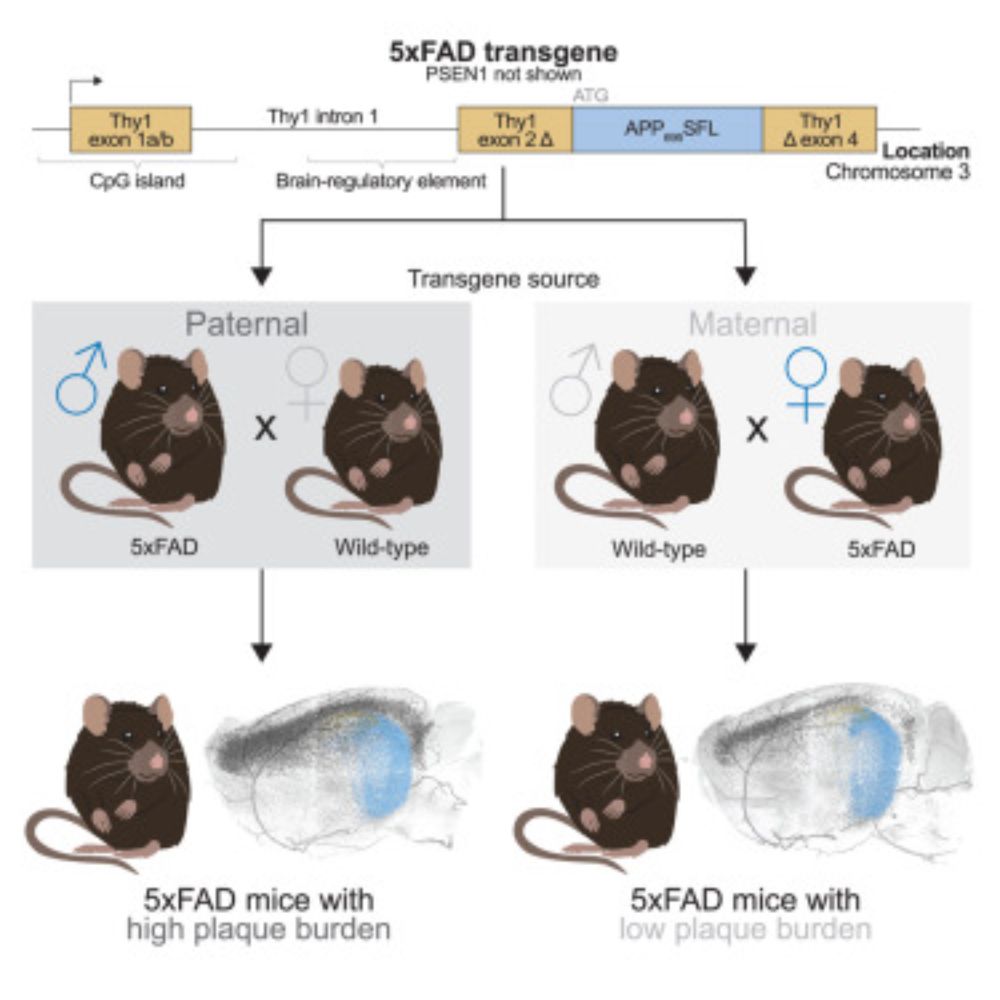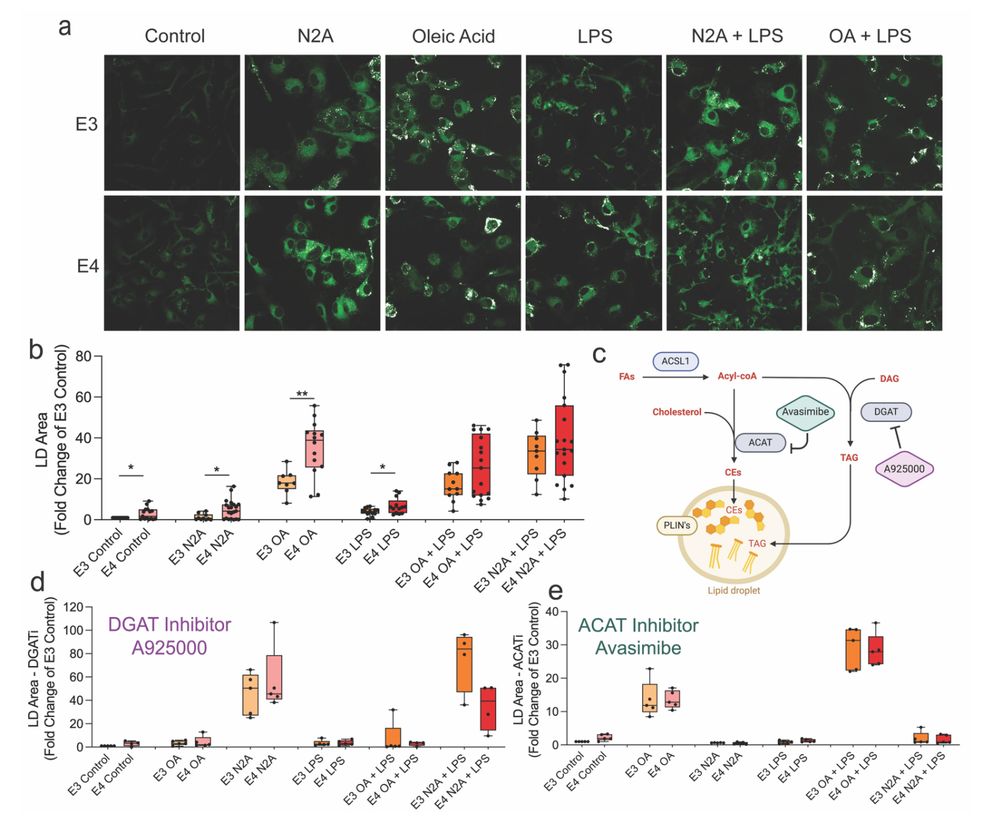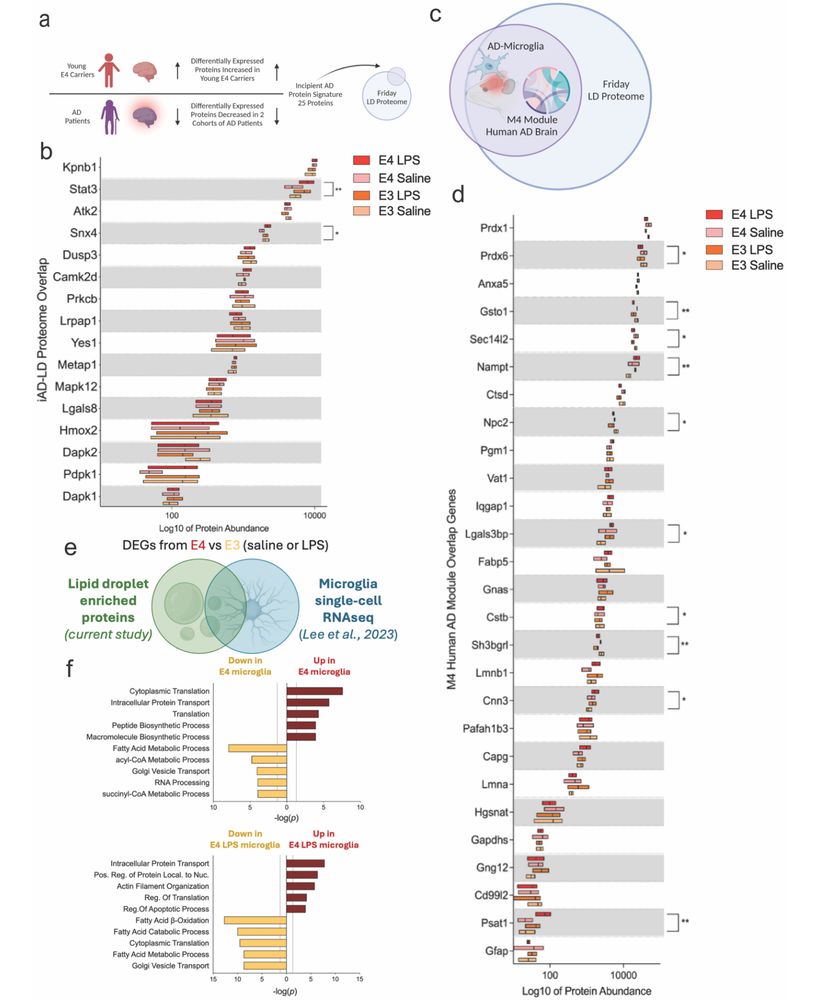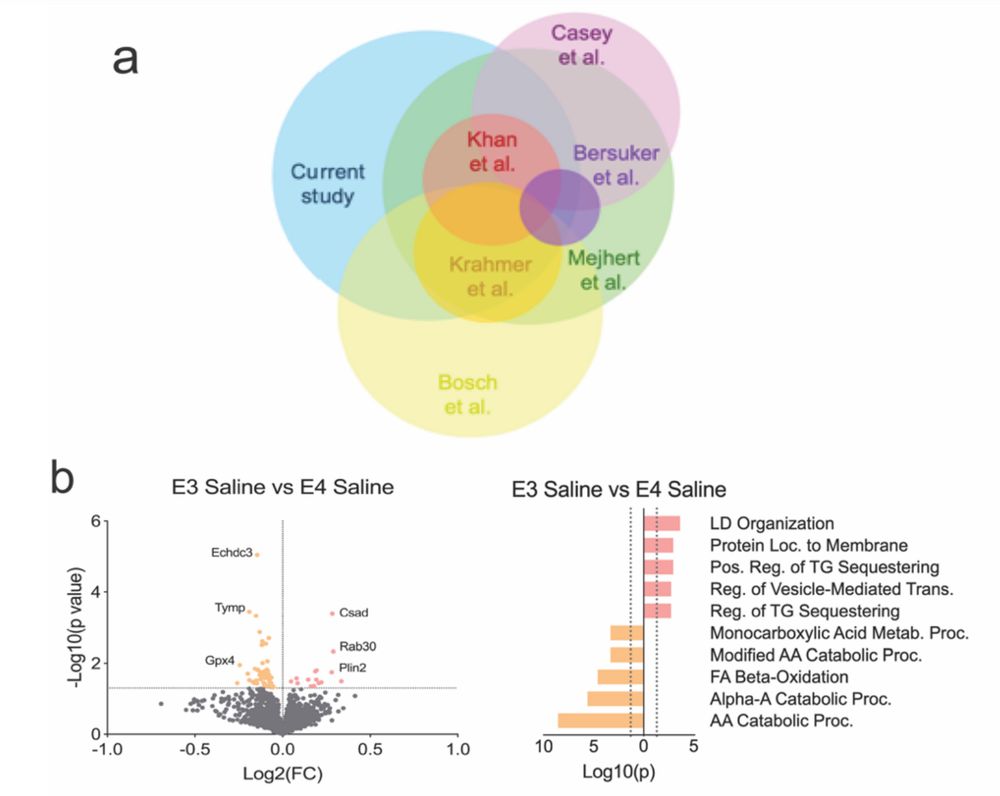Adam Bachstetter
@bachstetterlab.bsky.social
220 followers
210 following
8 posts
Associate Professor, Dept. of Neuroscience, SCoBIRC, Sander-Brown Center on Aging, University of Kentucky | passions = glia, TBI, aging, and Alzheimer's disease / ADRD
Posts
Media
Videos
Starter Packs
Reposted by Adam Bachstetter
Khalimonchuk Lab
@mitocrue.bsky.social
· Mar 21
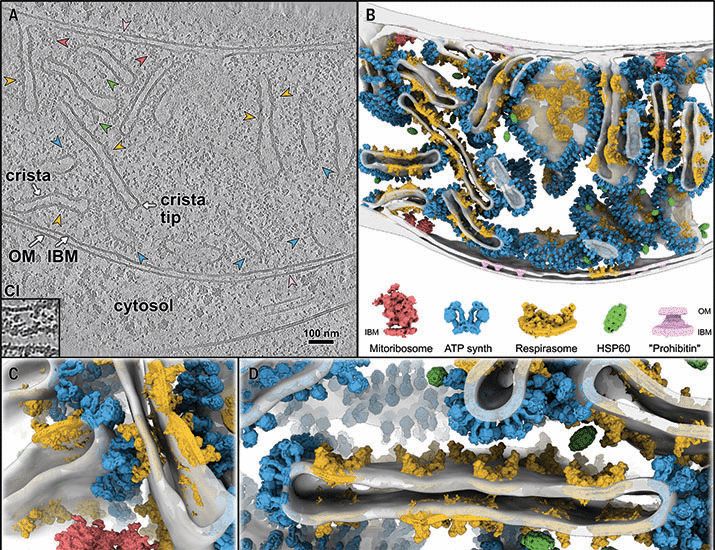
In-cell architecture of the mitochondrial respiratory chain
Mitochondria regenerate adenosine triphosphate (ATP) through oxidative phosphorylation. This process is carried out by five membrane-bound complexes collectively known as the respiratory chain, workin...
www.science.org
Reposted by Adam Bachstetter
Christian Frezza
@frezzalab.bsky.social
· Mar 20

β-hydroxybutyrate facilitates mitochondrial-derived vesicle biogenesis and improves mitochondrial functions
Mitochondrial dynamics and metabolites reciprocally influence each other. In this
study, Tang et al. discover a role of β-hydroxybutyrate (BHB) in regulating mitochondrial
functions. BHB promotes the ...
www.cell.com
Reposted by Adam Bachstetter
Reposted by Adam Bachstetter
Reposted by Adam Bachstetter
Monica Carson
@brainimmunity.bsky.social
· Nov 25
